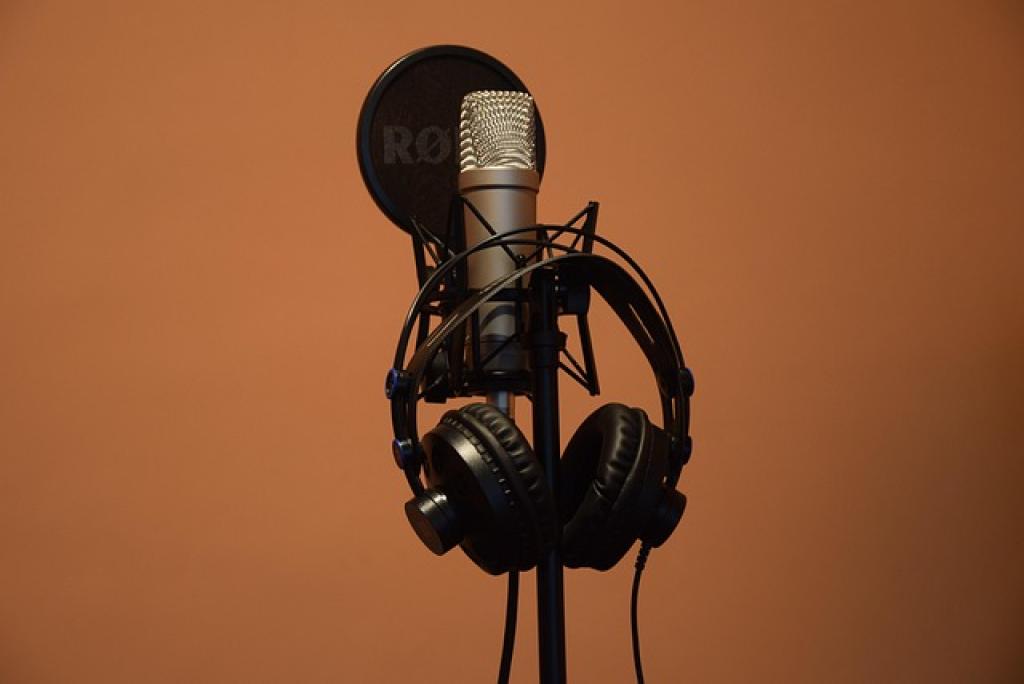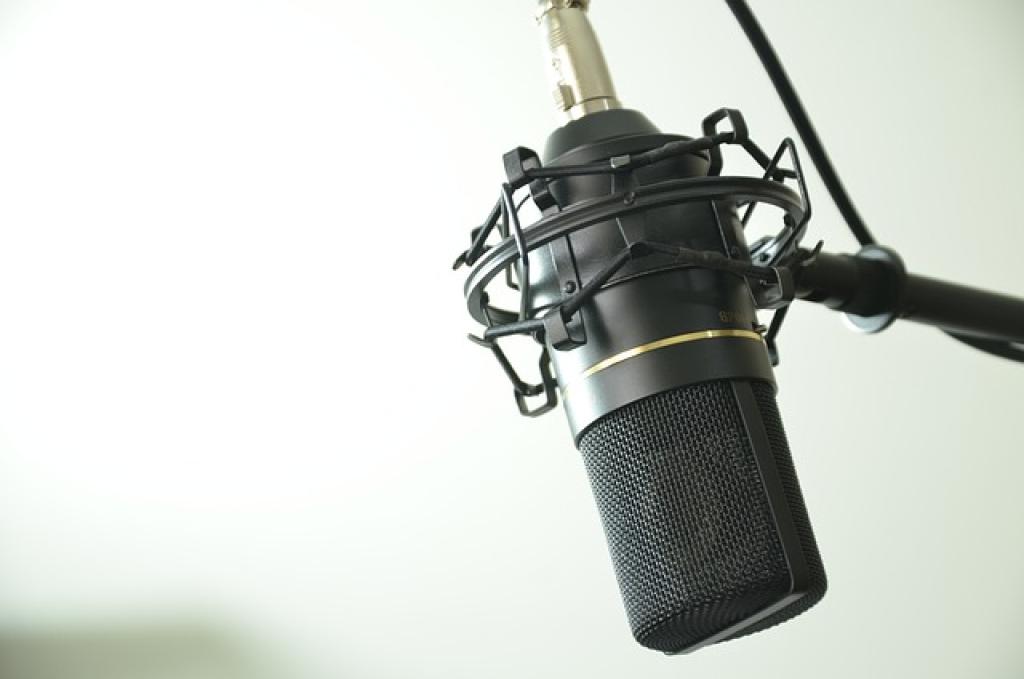Every voiceover artist knows that the right microphone can be a game-changer. Whether you’re lending your voice to a captivating audiobook or adding personality to a character in an animated film, capturing every nuance and tone is key.
In the vast world of audio gear, it can be overwhelming to sift through countless options. Some mics promise crystal-clear sound, while others are renowned for noise reduction. But which one fits your setup?
Let’s jump into the top contenders that blend quality, durability, and performance. Whichever style you choose, rest assured these mics will help your voice take center stage.
What to Look for in a Voiceover Microphone?
Choosing the right microphone can feel like a daunting task. But, focusing on a few key features can narrow down your options quickly.
Sound Quality and Clarity
The primary purpose of a microphone is to capture your voice as naturally as possible. Look for mics known for their clear frequency response and minimal distortion. A flatter frequency response often means a more accurate sound reproduction.
Sensitivity and Noise Handling
You want a microphone that’s sensitive enough to pick up subtle vocal nuances but not so sensitive that it captures every unwanted room noise. Consider mics designed for strong noise rejection and exceptional sensitivity balance.
Build and Compatibility
Durable construction is always a plus, particularly if you’ll be transporting your gear. Also, ensure compatibility with your current setup, whether it’s USB for plug-and-play or XLR for more professional rigs.
Price and Budget
While it’s tempting to go for high-end models, there are many budget-friendly options that offer fantastic quality. Remember, the best microphone is the one that fits your needs and wallet.
Dynamic Vs. Condenser Microphones: Which is Ideal for Voiceover Recording?
The debate between dynamic and condenser microphones is like the classic “cake vs. pie” argument—each has its fans and uses. Let’s break it down.
Dynamic Microphones
These mics are known for their durability and resistance to moisture. They’re great for high-noise environments because they don’t pick up much background sound. However, they may not capture the fine details of your voice as accurately as condenser mics.
Benefits of Condenser Microphones
Condenser microphones are often preferred for voiceover work because they capture a broader range of frequencies. This results in a crisper and more detailed sound, making your voiceover track sparkle with clarity. They do, however, require a quiet and controlled environment to avoid unwanted noise.
Choosing What’s Best for You
If your recording space is less than ideal or you’re often on the go, a dynamic mic might be your best bet for simplicity and durability. If you have a sound-treated space and seek the best audio fidelity, a condenser mic is worth the investment.
Ultimately, the right choice boils down to your specific recording conditions and personal preference. Both types can deliver excellent results if used correctly.

USB Vs. XLR Microphones: Which One Should You Choose?
Stepping into the microphone world, you’ll likely face the choice between USB and XLR. What’s the difference, and which one should you pick?
USB microphones are like the plug-and-play champs of the audio world. You connect them straight to your computer, and you’re ready to roll. They’re perfect for beginners or anyone who loves a quick, hassle-free setup without needing extra gear.
XLR microphones, on the other hand, are the go-to for professional studios. They require an audio interface or mixer, but the payoff is in their superior sound quality and flexibility. This setup grants you more control over your audio, providing a richer recording experience.
So, which should you choose? If you’re recording on the fly from your bedroom, a USB mic could be your best friend. But if you’re aiming to build a high-quality sound system, investing in an XLR microphone with the necessary gear is a smart move. Consider your needs and dive into the option that matches your vibe and technical comfort level.
Understanding Polar Patterns and Their Impact on Voiceover Performance
Polar patterns might sound a bit technical, but they’re crucial for capturing the right sound. Each microphone’s polar pattern affects how it picks up sound from different directions, and understanding them can take your voiceover game up a notch.
The most common polar pattern is cardioid. These mics pick up sound mainly from the front, making them ideal for voiceovers as they focus on your voice while minimizing background noise. Essential for a crisp and clear sound especially in less-than-perfect acoustics.
Then, we have omnidirectional mics, which capture sound equally from all around. While they’re great for group vocals or ambient sounds, they tend not to be the top pick for solo voiceovers since they catch everything, including unwanted background noise.
Lastly, the bidirectional, or figure-eight pattern, captures sound from the front and back but not the sides. This could be useful for recording interviews or two-person setups.
Knowing polar patterns helps you choose the right mic for your setting, ensuring your voice stands out. Whether you’re in a quiet home studio or combating ambient noise, this knowledge helps you tailor the capture to your environment.
Factors to Consider When Selecting a Microphone for Voiceover Work
When diving into the world of voiceovers, picking the right mic can seem daunting, but it doesn’t have to be. Start by thinking about your recording environment. If you’re in a noisy space, a mic with good noise-rejection is key.
Consider the mic’s sensitivity, which affects how it captures quieter sounds. A more sensitive mic might be ideal for nuanced voice work but also more likely to pick up background noise, so balance is crucial.
Budget is another important factor. While high-end mics are appealing, there are plenty of budget-friendly options that deliver impressive quality. Invest in what aligns with your current needs first, then upgrade as your skills and projects grow.
Think about your recording needs. Will you be stationary, or do you need something portable? USB mics offer convenience and simplicity, perfect for beginners or those on the go, while XLR mics deliver richer sound quality, favored by pros.
Finally, try before you buy if possible. Testing mics can clarify what suits your voice and style best. A good mic is out there waiting to become your trusty recording companion!
Comparing Frequency Response of Microphones for Voiceover Clarity
Let’s talk about frequency response—an often overlooked yet crucial element that influences how your voice comes across in recordings. It’s all about how a mic boosts or tones down certain sound frequencies, shaping your voice’s unique character.
A flat frequency response is your go-to for authentic voice recordings. It captures everything evenly, ensuring your natural tone shines through without unexpected colorations. Ideal if you want to keep it real without any extra drama added by the mic itself.
Understanding the Graphs
Mics with a tailored frequency response might enhance certain ranges, which can be great if you’re looking to add warmth or brightness. For instance, a mic that boosts mid-range frequencies can make your voice sound fuller and more engaging in podcasts or narrations, perfect for grabbing your audience’s ear.
Keep in mind, though, personal preference plays a role here. A bit of trial and error helps determine which frequency response works best with your voice, ensuring your recordings have the clarity and warmth you want. Trust your ears as you explore and compare!
The Bottom Line: Selecting the Best Microphone to Enhance Your Voiceover Recordings
Choosing the right microphone for your voiceover work can feel a bit overwhelming, but it’s all about understanding what matters most. Your microphone should complement your voice and suit the environment where you record. Think of it as finding the perfect pair of shoes—not too tight, not too flashy, but just right for you.
First, think about the pickup pattern. Whether you’re in a studio or at home, the directionality of a mic will impact how much background noise it captures. Cardioid patterns are a solid choice for most setups, focusing on your voice while filtering out unwanted sounds.
Next, consider the frequency response. For most voiceover work, a mic with a flatter response will deliver a more natural recording, portraying your voice as your audience should hear it. However, don’t shy away from experimenting with tailored responses if you’re aiming for a specific tone or mood.
Finally, don’t overlook comfort and practicality. Consider how a mic feels in your recording space, and make adjustments if needed. Investing in a quality mic might require some financial commitment, but think of it as an investment in your passion.
In summary, selecting the right microphone involves a blend of technical understanding and personal preference. With patience and a bit of experimentation, you’ll find a mic that not only captures your voice clearly but enhances your overall recordings. Remember, the best microphone is the one that makes your voice shine!
